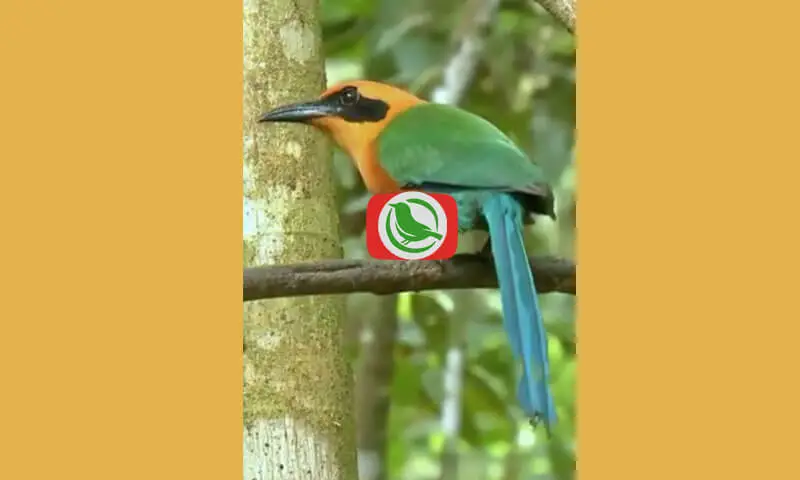Introduction to the Gorgeted Woodstar
The Gorgeted Woodstar is a species of hummingbird known for its stunning coloration and appearance. Despite its small size, this bird has significant appeal in the world of ornithology. It is found in several regions of South America, particularly in the Andes mountain range.
Habitat of the Gorgeted Woodstar
This bird can be found in natural habitats such as mountainous forests at considerable elevations. The Gorgeted Woodstar is more commonly seen in areas with a cold climate and fresh air. They are often spotted in places abundant with brightly colored flowers, which serve as their primary food source.
Main Diet of the Gorgeted Woodstar
This bird consumes nectar from various types of flowers and occasionally feeds on small insects. Their need for energy-rich nectar supports their active lifestyle and rapid flight.
Physical Characteristics of the Gorgeted Woodstar
Color and Appearance
One distinguishing feature of the Gorgeted Woodstar is the bright color on its throat. They have bluish-green feathers with a hint of red on the chest and throat, giving them a striking appearance. Their small size, about 8-10 cm, makes them difficult to observe in detail without the aid of tools.
Behavior
This bird is known for being very agile and fast in flight. Its high flying speed allows it to chase insects or move efficiently from flower to flower. They can also hover in place, circling around flowers to extract nectar.
Distribution and Range of the Gorgeted Woodstar
The Gorgeted Woodstar is found in several South American countries, including Colombia and Ecuador. They are more frequently located in the Andes mountains, which have a characteristic climate with cold and humid air. However, their population heavily relies on the sustainability of safe, undisturbed natural habitats.
Environmental Impact on the Gorgeted Woodstar
Environmental changes, such as deforestation, threaten the existence of the Gorgeted Woodstar by reducing the number of flowers that serve as their primary food source. Therefore, it is crucial to maintain the preservation of nature and their habitats.
Observing the Gorgeted Woodstar in the Wild
If you are interested in seeing the Gorgeted Woodstar in person, there are several locations in South America that are favored for birdwatching. You can travel to the mountainous forests of the Andes in Colombia or Ecuador, where this bird is more easily found. Always ensure to keep a distance and avoid disturbing their natural habitat.
Conservation of the Gorgeted Woodstar
Ensuring the survival of the Gorgeted Woodstar requires collective effort. Conservation projects focused on protecting their habitats are increasingly being implemented. Additionally, educating local communities about the importance of this bird’s existence is essential.
Conservation Efforts in the Andes Region
Many organizations are working to preserve the Gorgeted Woodstar by involving local communities in reforestation and habitat protection programs. Through these initiatives, it is hoped that the population of this bird can thrive and survive in the wild.
Conclusion
The Gorgeted Woodstar is a fascinating hummingbird to study. From its appearance to its behavior, this bird possesses unique qualities that make it stand out in the animal kingdom. By maintaining the sustainability of their habitats, we can ensure that future generations can also enjoy the beauty of this bird in the wild.





